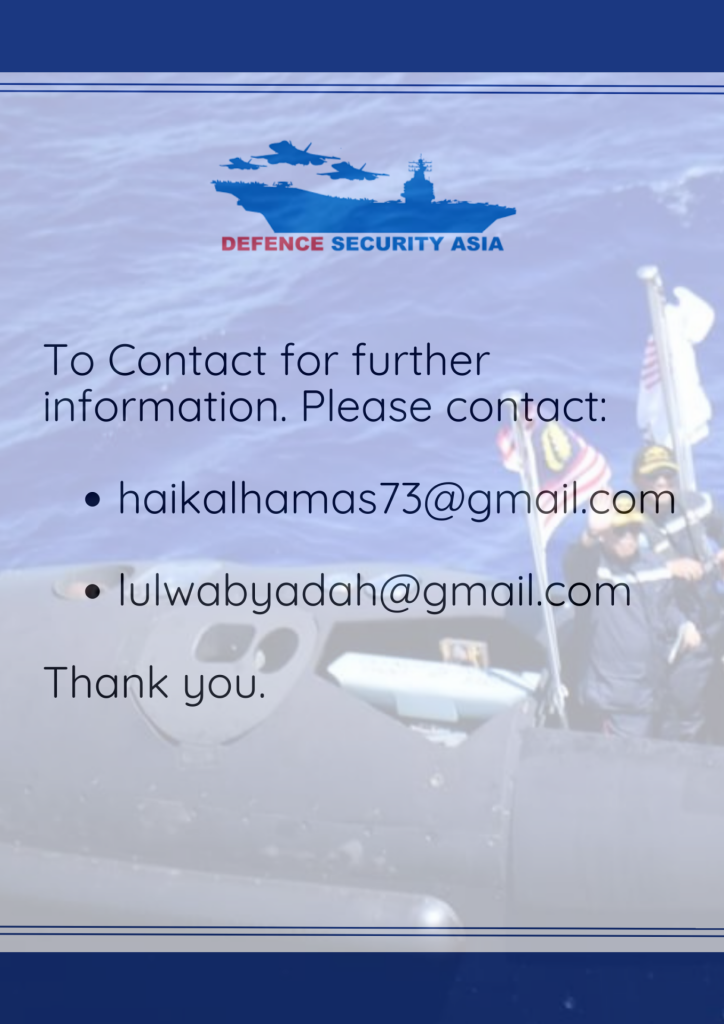BRP Miguel Malvar Commissioned: Philippines Signals Naval Resolve in South China Sea
Displacing 3,200 tonnes, the state-of-the-art corvette is the first of two warships procured from South Korea’s Hyundai Heavy Industries (HHI) under a landmark agreement inked in 2021 as part of the Philippines’ ongoing multi-phase military modernisation agenda.
(DEFENCE SECURITY ASIA) – The Philippine Navy has officially commissioned its newest surface combatant, the BRP Miguel Malvar, marking a critical leap forward in Manila’s maritime force projection capabilities amid escalating tensions in the South China Sea.
Displacing 3,200 tonnes, the state-of-the-art corvette is the first of two warships procured from South Korea’s Hyundai Heavy Industries (HHI) under a landmark agreement inked in 2021 as part of the Philippines’ ongoing multi-phase military modernisation agenda.
Its sister ship, the BRP Diego Silang, was ceremonially launched just last month, reinforcing Manila’s resolve to anchor its naval transformation on strategic partnerships with technologically advanced defence-industrial powers.
HHI, already a trusted defence partner of the Philippines, had previously delivered the Jose Rizal-class frigates, which today serve as the frontline deterrent assets within the Navy’s limited but evolving blue-water capability.
During the ship’s arrival at Subic Naval Base, Philippine Secretary of National Defense Gilberto Teodoro Jr. lauded the BRP Miguel Malvar’s induction as a pivotal step in the country’s drive to build a self-reliant, agile, and combat-ready maritime defence force.
“(BRP) Miguel Malvar is here today not only to serve as a deterrent and protector of our waters, but also as an important component in joint and combined operations as we work alongside allies and uphold the norms of international law,” Teodoro stated.
In his address, Teodoro stressed that a robust naval presence is foundational to unlocking the long-term economic vision of the Philippines, particularly the realisation of a sustainable Blue Economy.
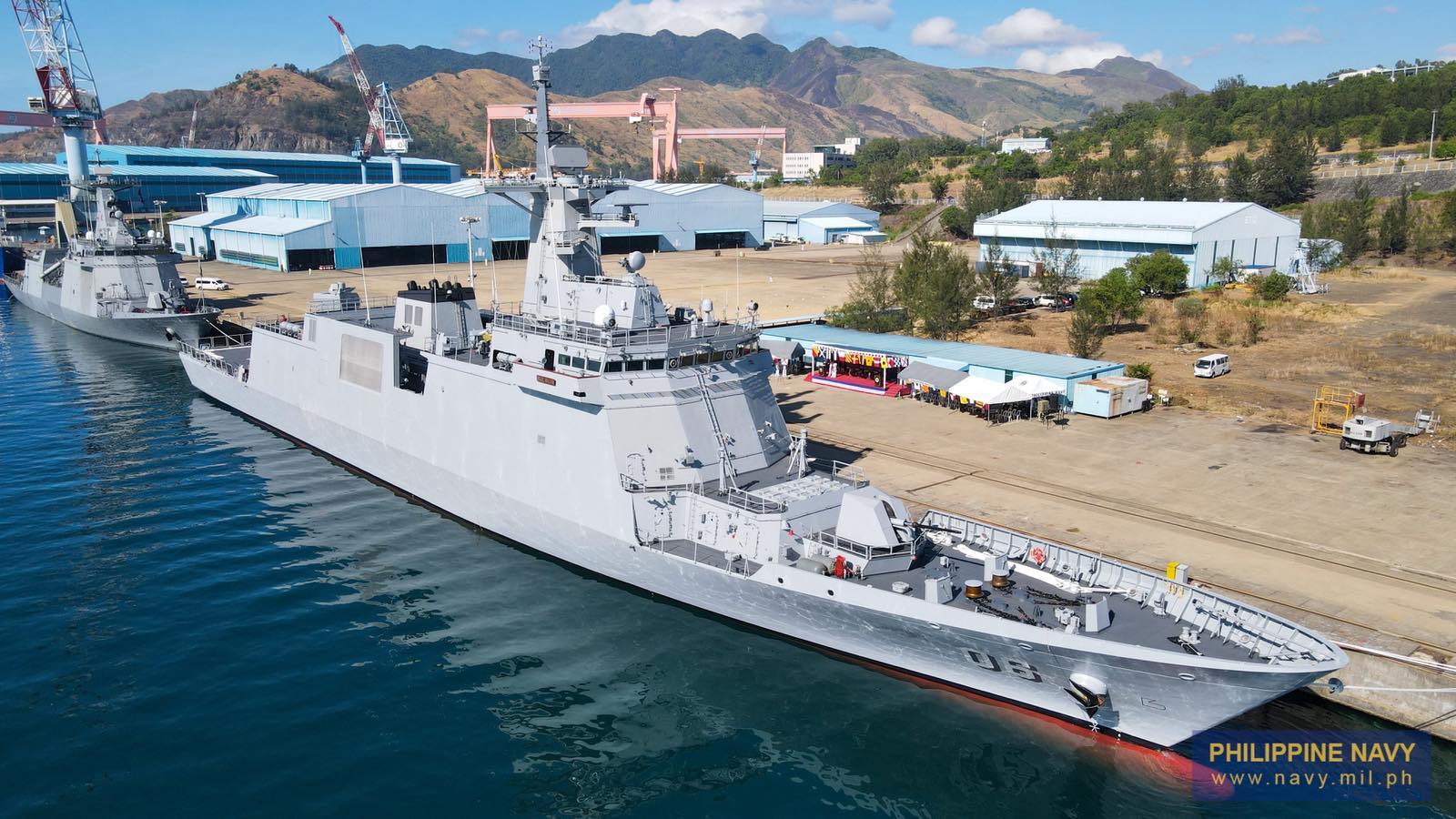
“How can you develop a blue economy if you do not have a strong navy? You need a strong navy as an anchor, as a backbone, as a spine of the blue economy. So, this is our offering to those that went before us, to the heroes who went before us, who we will honor tomorrow,” he added.
The Miguel Malvar-class represents a generational upgrade over existing platforms, integrating enhanced weapons, sensors, and survivability systems designed for operations in high-threat environments.
With an overall length of 118.4 meters and a beam of 14.9 meters, the corvette has the endurance to patrol over 4,500 nautical miles at a sustained cruising speed of 15 knots, making it ideal for extended deployments in contested maritime zones.
Armed with the C-STAR supersonic anti-ship missile, VL MICA vertical launch air-defence system, and a fully integrated 3D AESA radar suite, the ship offers a layered defence envelope capable of countering both sea-skimming missiles and hostile aircraft.
These systems, widely deployed by advanced navies across Europe and Asia, significantly enhance the Philippine Navy’s ability to perform sea control, area denial, and joint operations with allied and partner forces in the Indo-Pacific theatre.
The delivery of the BRP Miguel Malvar comes on the heels of the Navy’s earlier acquisition of two Acero-class fast attack interdiction craft (FAICs) from Israel, vessels outfitted with precision missile strike capabilities for littoral warfare.
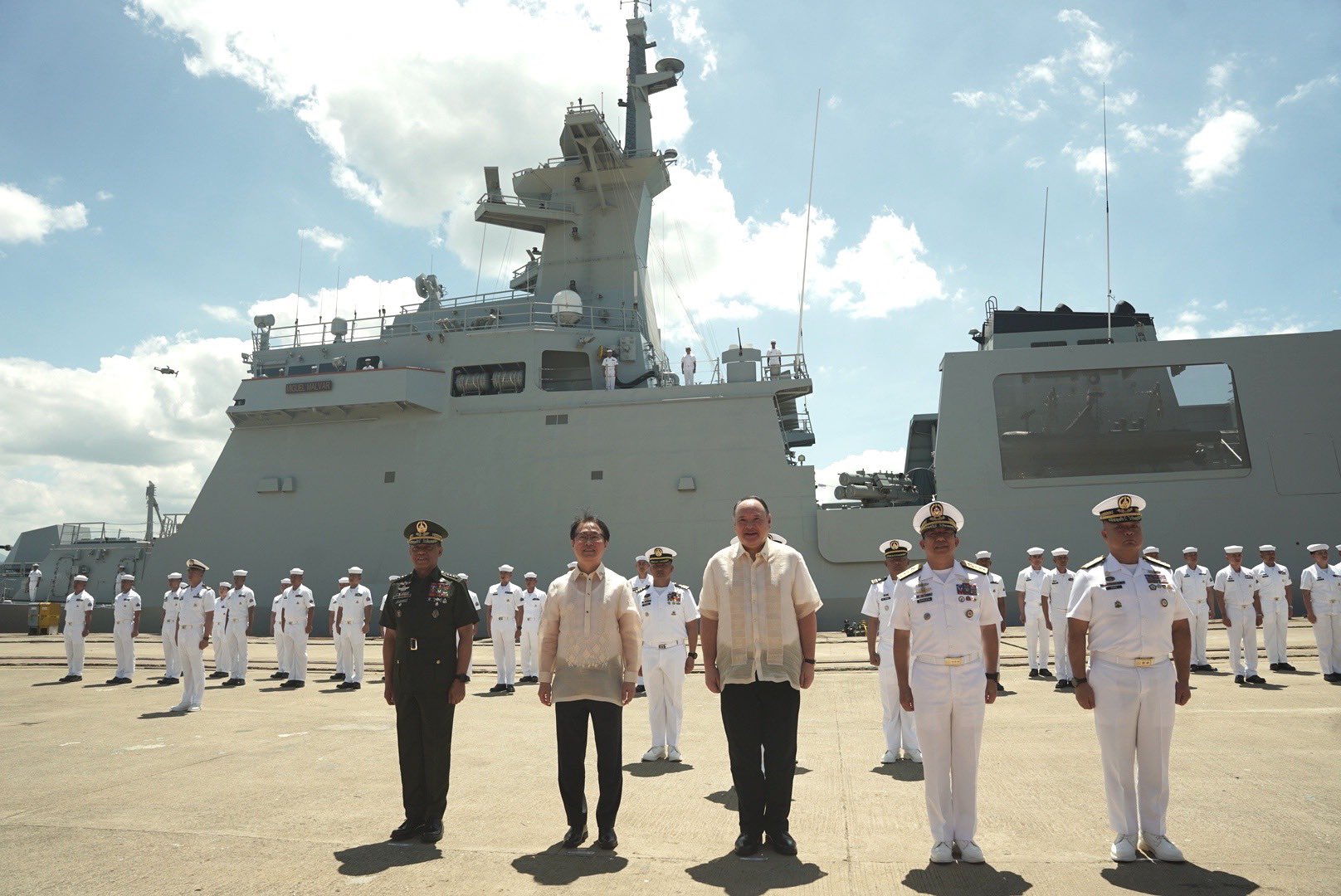
The Philippines’ long-delayed naval modernisation plan, first announced in 2012, outlined the acquisition of six air-defence-capable frigates and at least three attack submarines to assert sovereign maritime rights and support regional security frameworks.
Yet, despite a decade of planning, the Navy still operates only two fully modernised surface combatants—the BRP José Rizal and BRP Antonio Luna—alongside ageing World War II-era platforms ill-suited to deter 21st-century maritime threats.
Rear Admiral Roy Vincent Trinidad, speaking on behalf of the Philippine Navy’s operations in the West Philippine Sea, confirmed that both modern frigates are forward deployed to reinforce Manila’s claims within its Exclusive Economic Zone (EEZ) in the South China Sea.
This maritime theatre has become one of the most volatile flashpoints in the Indo-Pacific, where great power rivalries, illegal fishing, and creeping maritime encroachment increasingly challenge the operational readiness and sovereignty of frontline littoral states.
In response, Manila has unveiled a sweeping US$35 billion (RM154 billion) investment strategy aimed at transforming the Armed Forces of the Philippines (AFP) into a credible defence force by acquiring next-generation platforms such as multirole combat aircraft (MRCA) and strategic submarines.
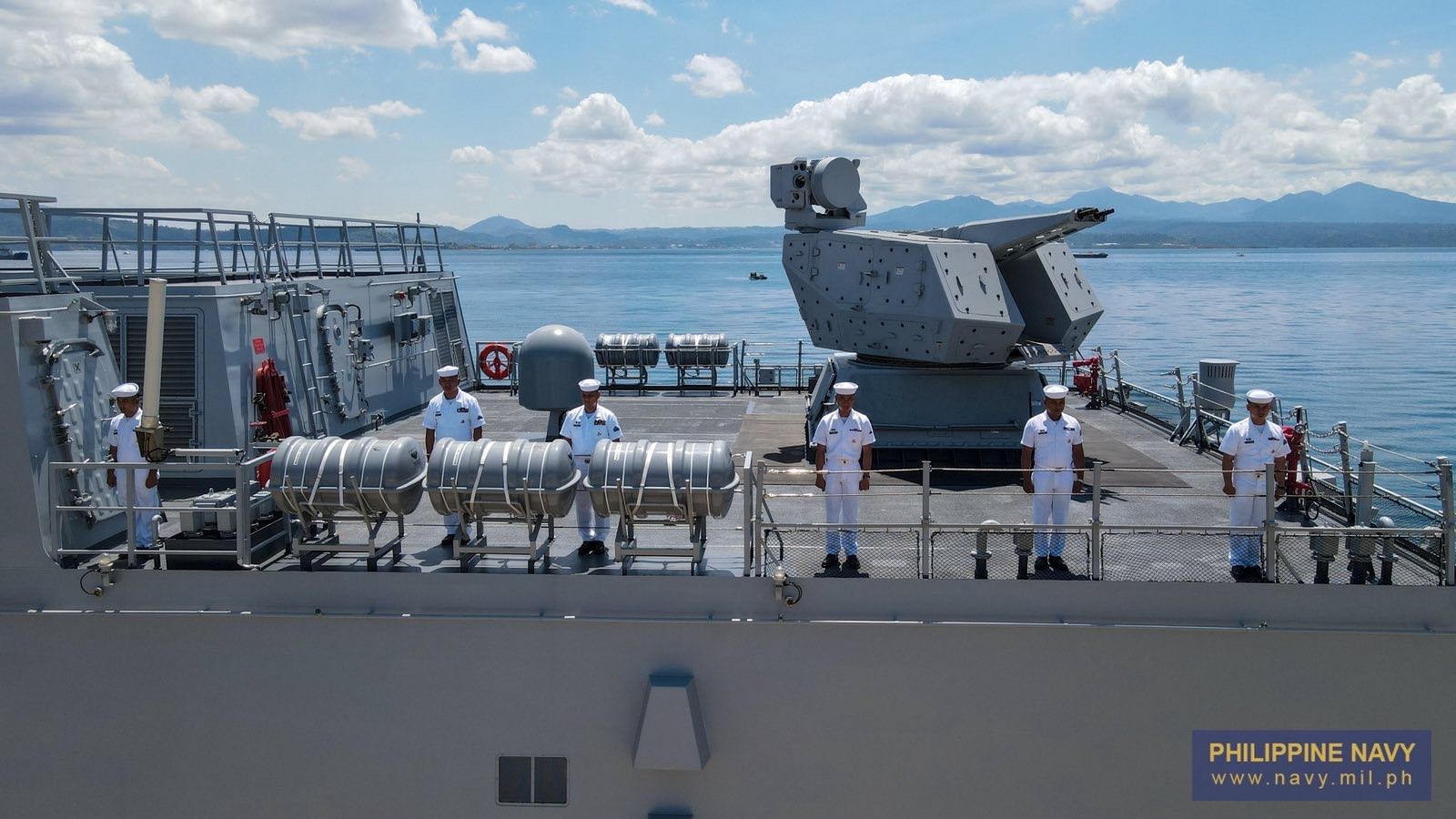
In a landmark announcement made in February, Philippine defence authorities confirmed the acquisition of two attack submarines, a move that marks the largest and final phase of the AFP’s modernisation master plan.
This decision has triggered a competitive bidding war among top global shipbuilders, each offering advanced undersea warfare platforms that would, for the first time in the country’s history, grant the Philippines a sub-surface deterrent capability.
Spain’s state-owned Navantia has proposed delivering two S-80 “Isaac Peral”-class submarines—valued at US$1.7 billion (RM7.65 billion)—along with a package that includes the development of a fully integrated submarine base and logistics hub in Ormoc, Leyte.
These submarines, already in service with the Spanish Navy, feature air-independent propulsion (AIP) systems that allow for extended submerged endurance, a critical advantage in contested maritime theatres.
France’s Naval Group has also made its pitch, offering two Scorpène-class diesel-electric submarines, the same model currently operated by the Royal Malaysian Navy, known for their stealth, reliability, and operational flexibility.
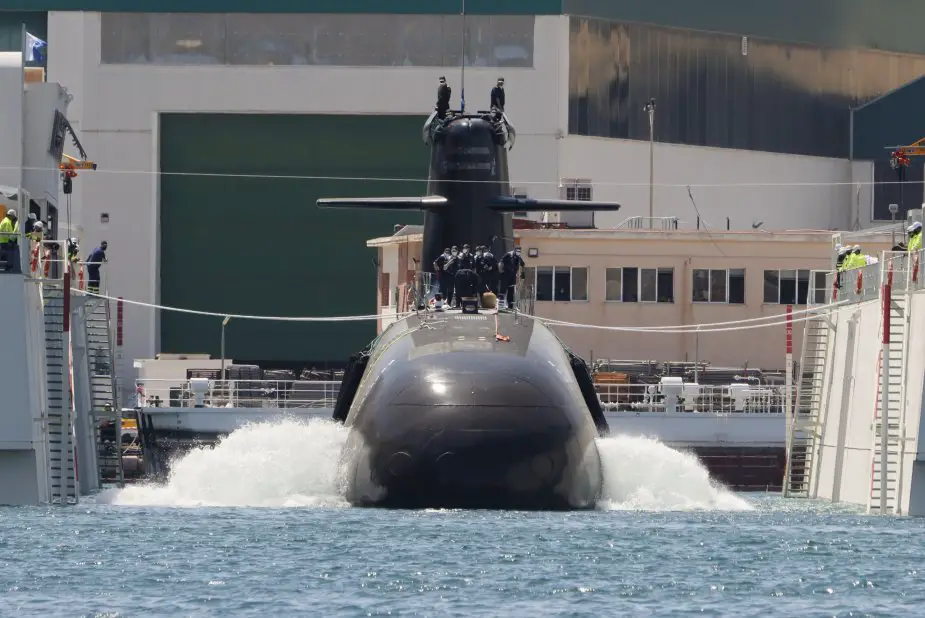
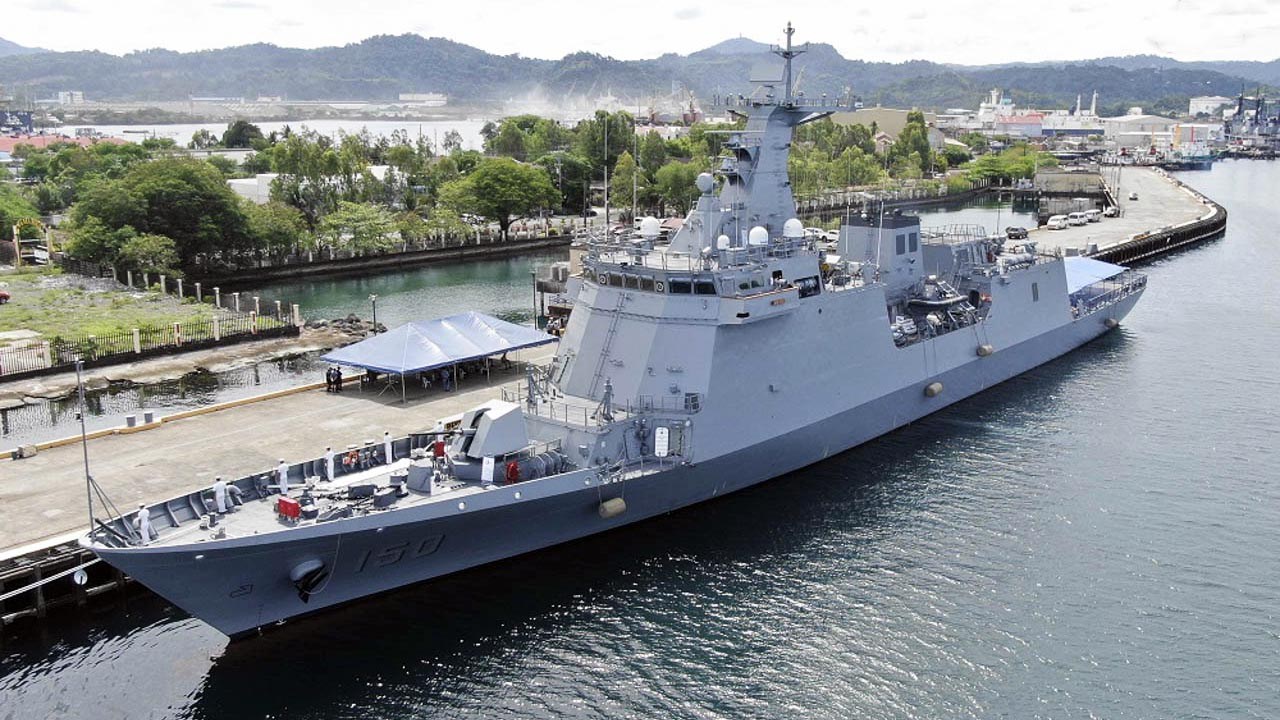
Not to be outdone, South Korea’s Hanwha Ocean (formerly DSME) has entered the fray with its Jang Bogo-III class submarine, the latest evolution in its lineage, offering improved stealth via lithium-ion battery technology and next-generation propulsion systems.
The Jang Bogo-III class measures 77 meters in length, houses a 41-member crew, and is armed with six torpedo tubes capable of launching heavyweight torpedoes as well as submarine-launched missiles, offering both anti-ship and land-attack options.
With these proposals now before Manila, the Philippines stands at a strategic inflection point, where choices made today will shape the country’s naval doctrine and its ability to safeguard maritime interests for decades to come.
Whether for national deterrence, sea lane security, or partnership operations under the U.S.-led Indo-Pacific strategy, these submarine acquisitions mark a profound transformation in Manila’s maritime defence posture.
As the geopolitical tides shift in the South China Sea and beyond, the Philippines is no longer merely reacting to regional threats—but actively reshaping its naval future with deliberate resolve and strategic clarity.
— DEFENCE SECURITY ASIA
